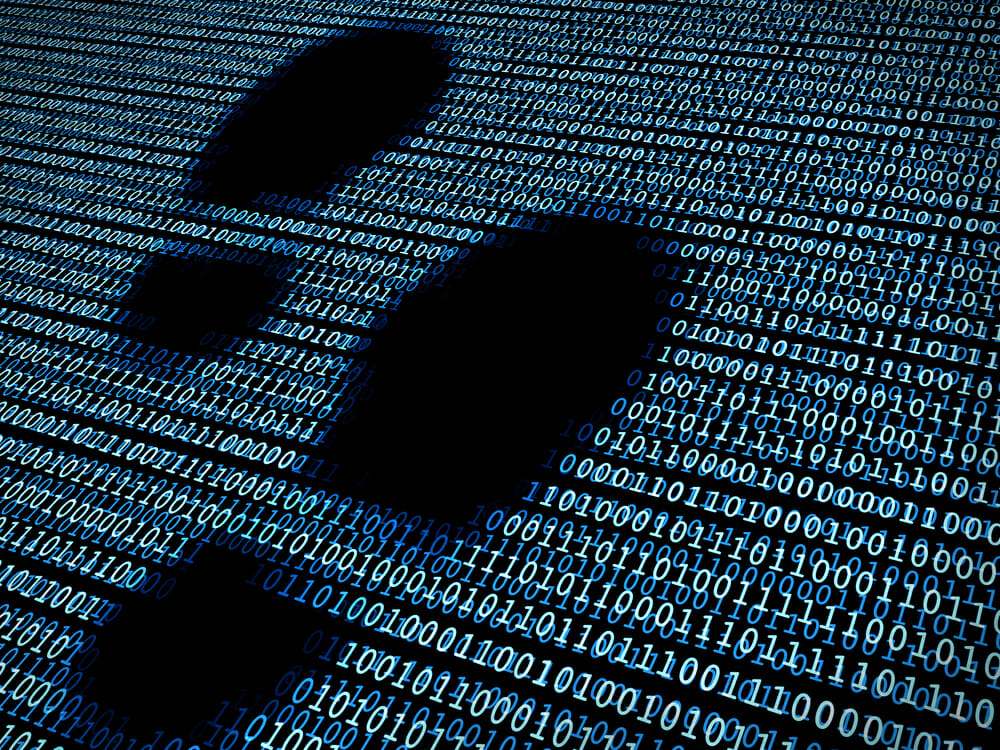The world of technology offers the opportunity for fraud experts to trace the “untraceable.” With technology becoming more popular and present in our lives by the day, people are conducting their lives more digitally, whether through email, texting, social media or Internet browsing. Collecting, analyzing and interpreting the electronic evidence of fraudulent activity is becoming more widespread in the fraud examination world, and will most likely soon become the standard.
Simply because there is no evidential paper trail discovered during a fraud examination does not mean that fraud did not occur. Now, fraud examiners must investigate the alleged fraudster’s digital footprint – but to spot the fraud, they must know where to look.
The answer of where to look is simple, yet complicated – look everywhere. Leave no stone unturned. If you are investigating a company, look through their electronic accounting system, but also comb through employees’ emails, text messages, voice messages and social media accounts, as you can never be sure where they could hide the evidence. Social media might seem like a worthless place to look, but it is often quite the opposite. With people so immersed in the world of social media, they often share more information than either you or I are interested in – but that can be the golden ticket for a fraud examiner. Whether it’s sharing their location or an activity that misaligns with their alibi, or directly lines up with when the fraud is committed, that can be immensely helpful in a fraud investigation. Through social media, fraud examiners also have access to an abundance of metadata, such as timestamps and geolocations.
Through digital technology, fraudsters leave behind their digital footprint, whether by Tweets, emails, logins, downloads or card swipes – and this footprint is exponentially harder to cover up than a paper trail. Deleting or encrypting are not safeguards, and will still provide evidence to the fraud examiner through the mountains of metadata that are available anytime we take an action online. When conducting a digital forensics investigation, always remember where to look, but also remember – there’s more than what you can see with the naked eye.

